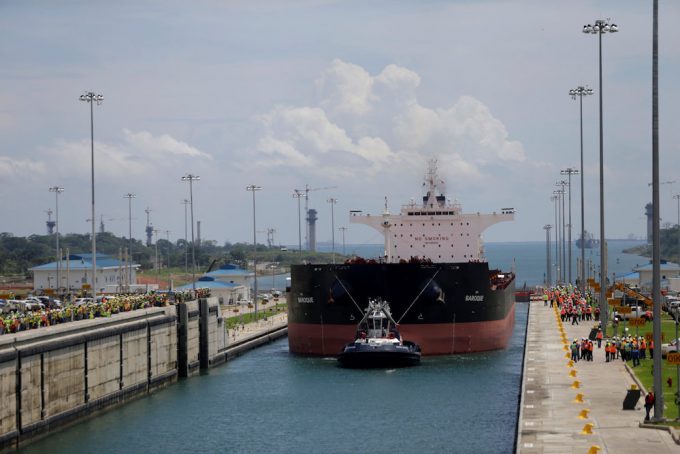Carriers unveil Panama Canal transit surcharges for new year
Two major carriers have announced new Panama Canal surcharges on Asia-US east coast transits in ...

Water levels at the Panama Canal returning to normal faster than anticipated means the permissible draught for vessels can be increased again, from tomorrow.
Above-average rainfall in recent months has meant that, following the 26 June revision of the limit to 14.33 metres, Panama Canal Authority (ACP) from tomorrow will allow vessels with a draught of up to 14.63 metres to transit the canal.
Data from ACP today shows water levels in the Gatun Lake, the ...
Volcanic disruption at Anchorage could hit transpacific airfreight operations
Macron calls for ‘suspension’ – CMA CGM's $20bn US investment in doubt
Forwarders stay cool as US 'liberation day' tariffs threaten 'global trade war'
De minimis exemption on shipments from China to the US will end in May
Shippers snap up airfreight capacity to US ahead of tariff deadline
Tighter EU import requirements proving 'a challenge' for forwarders
Looming Trump tariffs will create 'a bureaucratic monster' for Customs

Comment on this article